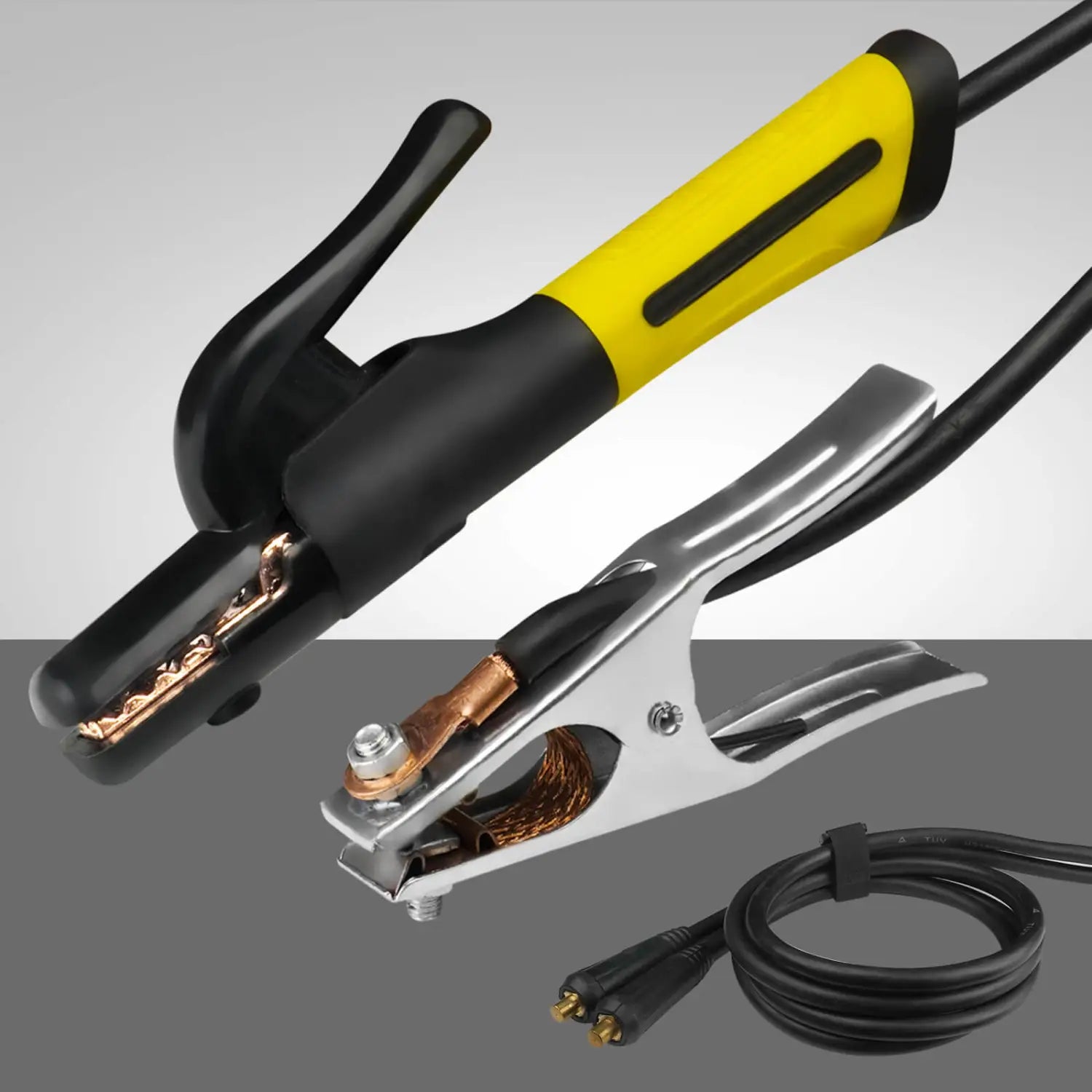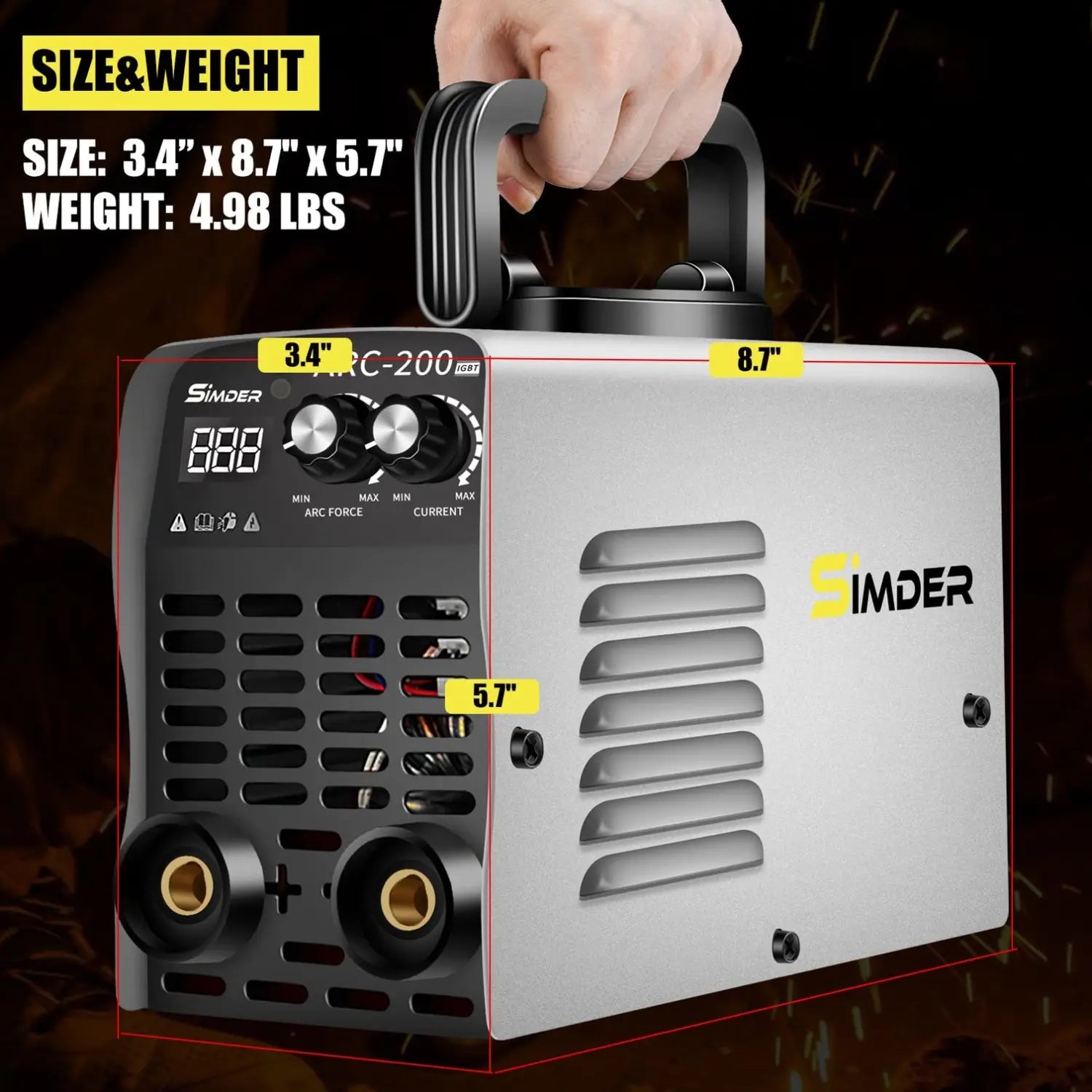Tips for Performing Stick Welding on Differing Metal Thicknesses
Oct 19, 2023
In the world of welding, the ability to work with a variety of metal thicknesses is a skill that sets seasoned welders apart from the rest. Stick welding, or shielded metal arc welding (SMAW), is a versatile technique renowned for its adaptability to different metal gauges. In this comprehensive guide, we will delve into the nuances of stick welding across various metal thicknesses, equipping you with the knowledge and skills to tackle a wide range of projects.
Understanding the Basics of Stick Welding
Before we embark on the journey of welding various metal thicknesses, let's revisit the fundamental principles of stick welding. This welding method involves using a consumable electrode (the "stick") to create an electric arc, which melts both the electrode and the base metal. The molten metal, along with the slag formed by the electrode's protective coating, creates a sturdy weld joint

The Importance of Proper Amperage
Amperage, or welding current, is a critical parameter when it comes to stick welding. The amperage setting determines the heat generated at the welding point, which directly affects the weld's quality and appearance. For thinner metals, lower amperage settings are necessary to prevent burn-through, while thicker metals demand higher amperage to ensure proper fusion.
Having a high-performance welding handle clamp is very important for welding. This Welder Copper Plier Ground Clamp uses a copper chuck with strong current. Large hex screw cable connection assures a tight and safe cable connection.

Heavy Duty Electrode Holder & Ground Clamp Pack(Under $39.99)→
Thin Metals: Precision and Patience
When working with thinner metals, often found in sheet metal and light fabrication, it's essential to exercise precision and patience. Start by selecting the appropriate electrode, typically a smaller diameter one, and adjust your amperage to a lower setting. A steady hand and a consistent travel speed are crucial to prevent overheating and warping of the metal.
If you happen to need a stick welder machine with ARC function, then ARC-200 Mini (Under $80.99) is right for you. This machine is more suitable for welding thin metals. Lightweight and portable design for beginner allows you to use it no matter how complex the scene is.
ARC-200 Mini Portable Stick Welder→
Medium Thickness Metals: Finding the Balance
Medium-thickness metals, commonly encountered in structural welding, require a balanced approach. Select an electrode size that matches the metal thickness and adjust your amperage accordingly. Maintaining a steady arc and practicing the correct weaving technique will help you achieve strong and uniform welds.
Thick Metals: The Power of Penetration
Welding thick metals, such as heavy plates and structural beams, demands a different strategy. Opt for a larger electrode and higher amperage settings to ensure sufficient penetration. Be prepared for slower travel speeds and consider using weaving patterns to distribute heat evenly.

Special Considerations for Dissimilar Metals
In some projects, you may need to weld dissimilar metals with varying thicknesses. In these cases, it's essential to choose an electrode and amperage that cater to the thickest metal. This ensures proper fusion at the critical joint interface, even if the thinner metal requires additional care to prevent burn-through.
The Art of Practice
Welding across different metal thicknesses is as much a skill as it is a science. The key to mastering this art is practice. Regularly experiment with various combinations of electrodes, amperage settings, and welding techniques. Over time, you'll develop an instinct for choosing the right approach for each unique welding challenge.
In conclusion, stick welding offers a wide range of possibilities when it comes to working with different metal thicknesses. By understanding the principles of amperage, selecting the appropriate electrode, and honing your technique, you can confidently tackle projects that involve thin, medium, and thick metals. Whether you're a professional welder or a DIY enthusiast, this knowledge will empower you to excel in the world of stick welding, no matter the metal thickness you encounter.
At the same time, don’t forget that welding is a relatively dangerous job. You must take personal protection when welding.





1 comentario
Can u display a paper that has settings for metal thickness